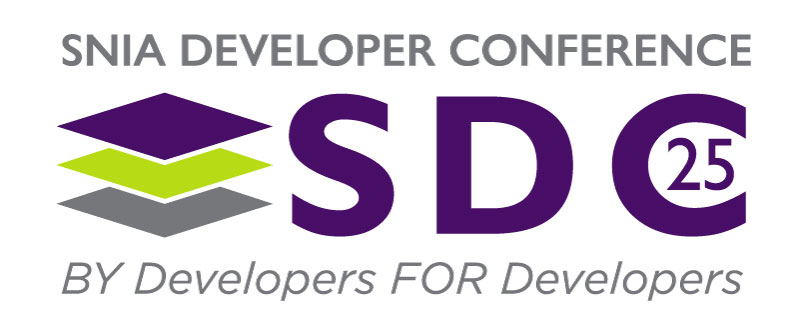A new error correction code for DNA data storage is presented. The code takes advantage of the information about the noise in DNA data channel to clean up errors and erasure, that's why it is called DNA Noise Aware Errors Erasures Cleaner (DNAe2c). By modeling errors and erasures source with different state-of-the-art distributions and real data, we see an improvement of 10x over Reed Solomon codes requiring less than 20% overhead, making DNAe2c a promising candidate to accelerate DNA data storage adoption.
DNAe2c ECC for DNA Data Storage: 10x Improvement over RS Codes
Mario Montana
DNAalgo
Abstract
Learning Objectives
- Advanced error correction techniques for DNA Storage Applications
- Modeling noise and errors which occur in the DNA storage pipeline
- Challenges with data integrity in DNA Storage
Related Sessions
